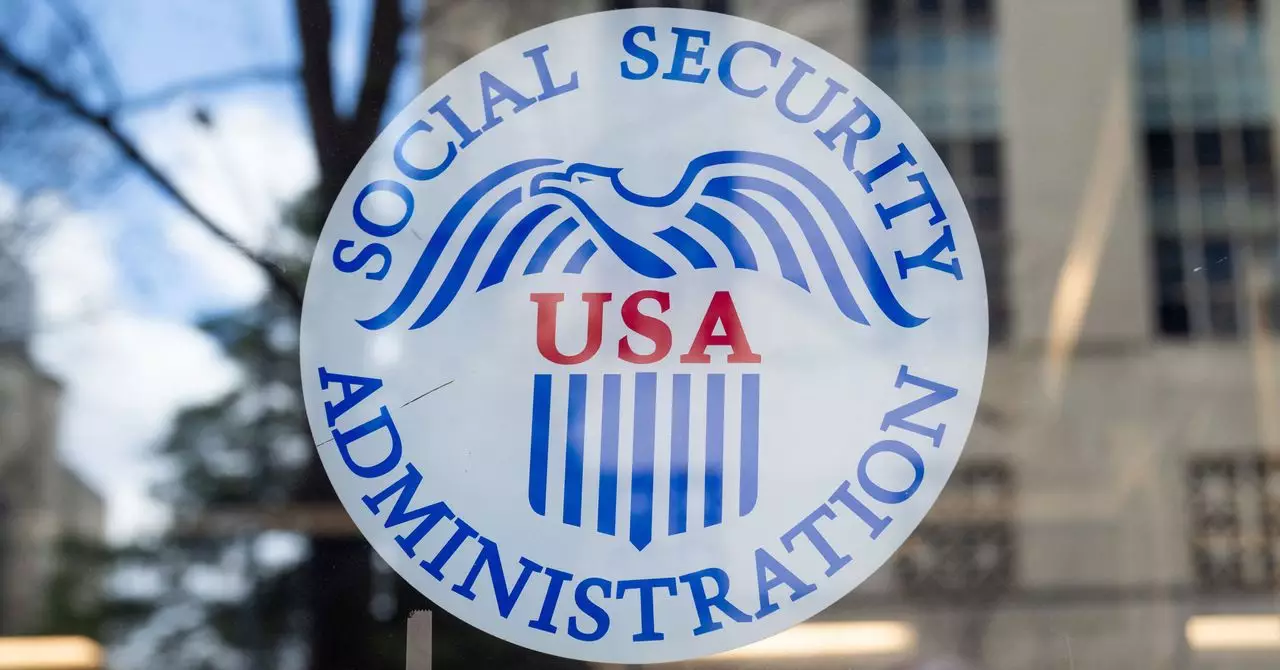The Social Security Administration (SSA) plays a pivotal role in the welfare of millions of Americans, yet it finds itself ensnared in the limitations of decades-old technology. At the heart of this predicament lies the infamous COBOL programming language, which underpins critical operations such as social security number issuance, benefit calculations, and payment distributions. This legacy codebase is not just an artifact of the past; it forms the very foundation of SSA’s functionality. However, the reliance on COBOL becomes a double-edged sword. While it has historically served the agency, any minor alterations to the code pose potential risks that could disrupt vital services for beneficiaries, causing anxiety among officials and recipients alike.
The urgency of modernizing this antiquated system cannot be overstated. Many technology leaders argue that the current infrastructure resembles a house of cards—delicate, precarious, and on the brink of collapse. Dan Hon, a principal consultant with a technology strategy consultancy, highlights the immense consequences of poorly executed changes. His concerns underscore the gravity of the situation; the lives of countless individuals hinge on the stability of this aged technology. If the SSA leadership chooses to overlook the risks involved in this codebase migration, they are merely setting up a perfect storm of administrative nightmares.
Challenges in Facing Change
The pathway towards modernity is fraught with challenges, as evidenced by a recent report emphasizing SSA’s focus on “non-essential contracts” and the integration of artificial intelligence rather than prioritizing the crucial COBOL code transition. The document in question fails to address the looming necessity of migration, which raises questions about the agency’s strategic foresight. Instead of tackling the core issue, it appears the SSA is sidestepping profound, systemic concerns in favor of adopting more superficial technological enhancements.
Moreover, the involvement of inexperienced engineers, labeled as DOGE operatives, further complicates the situation. While fresh perspectives are often valuable, the lack of seasoned expertise in dealing with a legacy system like COBOL could lead to unintentional errors whether through naïve experimentation or procedural missteps. The fact that these young engineers are engaged in an initiative dubbed the “Are You Alive Project” speaks volumes; it highlights SSA’s attempts to combat fraud and assess beneficiary statuses, but it also raises alarms about the competency required to navigate such complex challenges.
The Role of Generative AI in Migration
The proposed solution to this technological conundrum involves employing generative artificial intelligence to translate millions of lines of COBOL code into more contemporary programming languages. At first glance, this seems like an innovative approach to expedite a slow process that typically unfolds over years. Yet, the reliability of this method raises serious concerns. Can generative AI truly capture the nuances and edge cases inherent in such a complex codebase?
The risks of an incomplete transition are stark. To ensure the new system functions seamlessly, exhaustive testing would be necessary to confirm that outputs from the updated platform align with those from the legacy system. This venture is not merely about rewriting code; it is also a battle of comprehending the implications of every migration decision made. The SSA technologist’s jest about the impending migration path—comparing it to a ‘house of cards or Jenga’—captures the precarious balance that the agency must maintain. They cannot afford to gamble with fundamental social security functions that directly impact the lives of millions.
The Importance of Strategic Leadership
Strategically, the SSA must prioritize coherent decision-making and strong leadership that acknowledges the complexity of this undertaking. Investing in modernizing the legacy code is not just a technical challenge; it requires visionary leadership that understands the stakes involved. As technological innovation continues to accelerate, government agencies must adapt or risk obsolescence. With society becoming increasingly dependent on technology for vital services, any disruption in SSA operations could lead to widespread disenchantment among citizens.
By fostering an environment of thoughtful adaptation, SSA can transition from being an agency beholden to outdated technology to one that embraces modern complexity. It is this change in mindset, more than sheer technical capability, that will determine whether the agency can perform its essential functions while protecting the interests of its beneficiaries. The real challenge lies not only in replacing COBOL but in managing the holistic upgrade of practices and systems that enable the SSA to meet the demands of a rapidly evolving digital landscape. The time for change is now; the stakes could not be higher.

